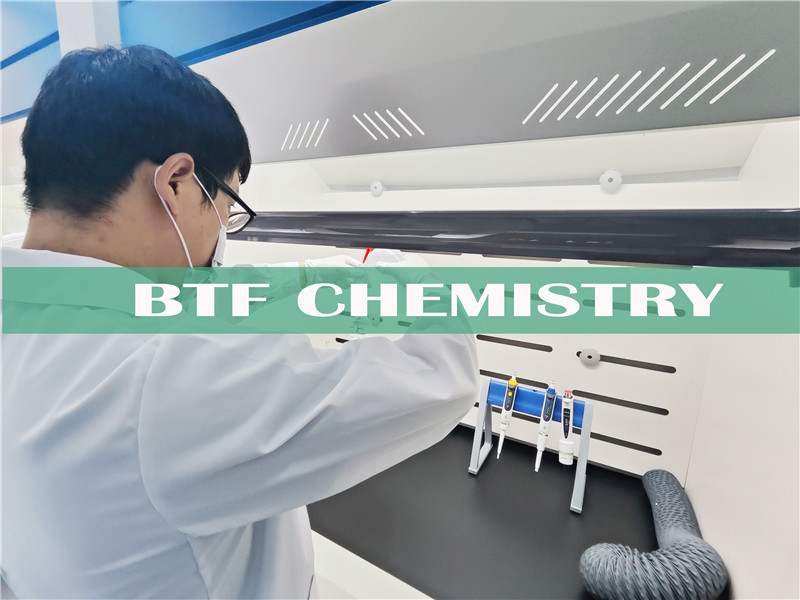Common CE certification regulations and directives:
1. Mechanical CE certification (MD)
The scope of the 2006/42/EC MD Machinery Directive includes both general machinery and hazardous machinery.
2. Low voltage CE certification (LVD)
LVD is applicable to all motor products with a functional voltage range of AC 50-1000V and DC 75-1500V. This definition refers to the scope of application of instructions, rather than the limitations of their application (in computers using AC 230V, the hazards caused by DC 12V circuits are also regulated by LVD).
3. Electromagnetic compatibility CE certification (EMC)
The definition of electromagnetic compatibility in the International Electrotechnical Commission (IEC) standard is that a system or equipment can operate normally in the electromagnetic environment it is in without causing interference to other systems and equipment.
4. Medical Device CE Certification (MDD/MDR)
The Medical Device Directive has a wide range of applications, including almost all medical devices except for active implantable and in vitro diagnostic devices, such as passive medical devices (dressings, disposable products, contact lenses, blood bags, catheters, etc.); And active medical devices, such as MRI machines, ultrasound diagnostic and therapeutic devices, infusion pumps, etc.
5. Personal Protection CE Certification (PPE)
PPE stands for personal protective equipment, which refers to any device or device worn or held by individuals to prevent one or more hazards that harm their health and safety.
6. Toy Safety CE Certification (TOYS)
Toys are products designed or intended for use in games for children under 14 years old.
7. Wireless Device Instruction (RED)
The scope of RED products only includes wireless communication and wireless identification devices (such as RFID, radar, mobile detection, etc.).
8. Directive on Hazardous Substances (ROHS)
The main control measures include limiting the use of ten harmful substances in electronic and electrical products, including lead, cadmium, mercury, hexavalent chromium, polybrominated biphenyls, polybrominated diphenyl ethers, diisobutyl phthalate, phthalic acid, dibutyl phthalate, and butyl benzyl phthalate.
9. Chemicals Directive (REACH)
REACH is the European Union regulation "Registration, Evaluation, Licensing and Restriction of Chemicals", established by the European Union and implemented as a chemical regulatory system on June 1, 2007.
BTF Testing Lab is a testing institution accredited by China National Accreditation Service for Conformity Assessment (CNAS), number: L17568. After years of development, BTF has electromagnetic compatibility laboratory, wireless communication laboratory, SAR laboratory, safety laboratory, reliability laboratory, battery testing laboratory, chemical testing and other laboratories. Has a perfect electromagnetic compatibility, radio frequency, product safety, environmental reliability, material failure analysis, ROHS/REACH and other testing capabilities. BTF Testing Lab is equipped with professional and complete testing facilities, an experienced team of testing and certification experts, and the ability to solve various complex testing and certification problems. We adhere to the guiding principles of "fairness, impartiality, accuracy, and rigor" and strictly follow the requirements of the ISO/IEC 17025 testing and calibration laboratory management system for scientific management. We are committed to providing customers with the highest quality service. If you have any questions, please feel free to contact us at any time.
Post time: Jan-09-2024











